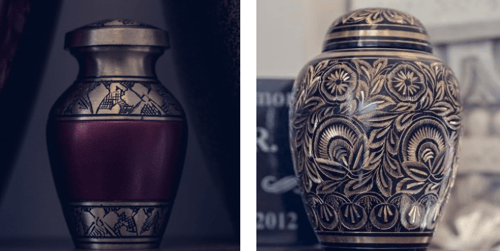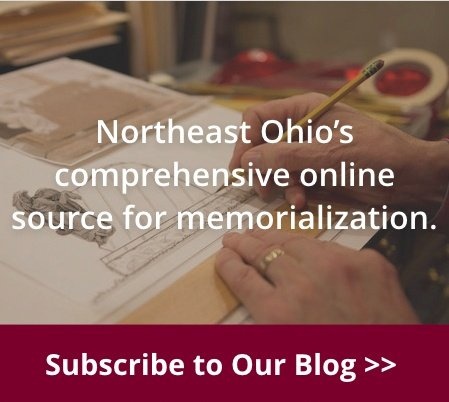When visiting your loved one’s gravesite or even passing a cemetery while driving, it’s likely you’ve noticed every headstone facing the same direction.
But, did you know there is meaning behind a headstone’s position?
Continue reading to learn the history of laying a loved one to rest with their head to the west and feet to the east, plus discover the symbolism behind other common grave mementos.
Origin of a Headstone Facing East
Some ancient religions faced lost loved ones to the east so they could be ready for the “new day” and the “rising sun.” The rising sun signified progress and held a promise that tomorrow would bring a new day radiating with opportunity.
Several scriptures also discuss the resurrection of Christ and how He will come from the east. This explains why many consider Christ to be the “Light of the World,” or the “rising sun.” This is also the main reason many church altars point east.
Do All Cemeteries Face East?
Although most cemeteries you visit will face east, some older cemeteries may not. When civilizations navigated directions using the position of the sun, it was much more challenging to determine true east—many didn’t consider that the sun changed position every day. Thus, you’ll notice some cemeteries don’t face east.

Rules of Headstone Orientation by Religion
While east-facing headstones are the most popular orientation, headstone placement can vary greatly depending on a loved one’s religion. Below are other known headstone placement rules by religion.
Catholic Headstones
In Catholicism, there are no strict rules about the orientation of a headstone. However, some Catholic churches still place a loved one’s casket so that their feet point toward the altar. While not widely enforced anymore, the rule is only applicable during the funeral Mass, not the actual burial.
Jewish Headstones
Jewish customs do not demand headstones face any specific direction. However, when families waited for the ultimate redemption and the messianic era, Jewish loved ones were typically laid to rest with their feet oriented to the cemetery’s entry, symbolizing their readiness to leave the cemetery once the resurrection occurred.

Islamic Headstones
Isalm defines particular rules about the style and design of headstones, but the orientation of the headstone itself varies from one region to another. Normally, it’s expected for the headstone to be perpendicular to the orientation of the Qibla (located in Mecca).
When placed this way, lost loved ones in the tomb would be placed on the right side, facing the Qibla. The headstones are also raised no higher than a foot above the grave so that visitors cannot walk or sit on the final resting place.
Buddhist Headstones
Cremation is the most widely chosen final arrangement in Buddhism. After cremation, most families will place the loved one’s remains in an urn before burying them. Similar to other religions, burial practices and headstone preferences still vary from family to family.

More Symbolism Found in Cemeteries
Much like the orientation of one’s headstone, other grave mementos are rooted in history and tradition. Here are a few of the most common forms of cemetery symbolism practiced today.

Stones on Headstones
For thousands of years, surviving family members and friends have honored their loved ones by burying and stacking stones on headstones. Originally a Jewish tradition, placing stones on headstones is an easy way for anyone to show they were at the cemetery to visit and honor their loved ones.
Flowers at Gravesites
Both fresh and artificial flowers are commonly placed at a loved one’s gravesite to celebrate their life lived. But, did you know flower varieties have the following symbolism?
- Deep, dark, crimson roses signify mourning.
- Lilies stand for innocence, purity or majesty.
- Red roses represent love, respect or courage.
Coins on Memorials
It’s common for veteran and current military personnel to leave monetary coins when visiting the grave of a fallen comrade. Each coin holds its own meaning:
- Pennies left on the headstone simply let family, friends and other visitors know that you visited.
- Nickels signify you and the fallen trained together.
- Dimes show you served together.
- Quarters tell the family that you were there when the veteran passed away.
Discover More Cemetery Symbolism
It’s important to memorialize and honor your loved one in a way that best suits them and your family. If you’re interested in learning more about cemetery symbolism or memorialization options, subscribe to our blog and receive resources directly in your inbox.





